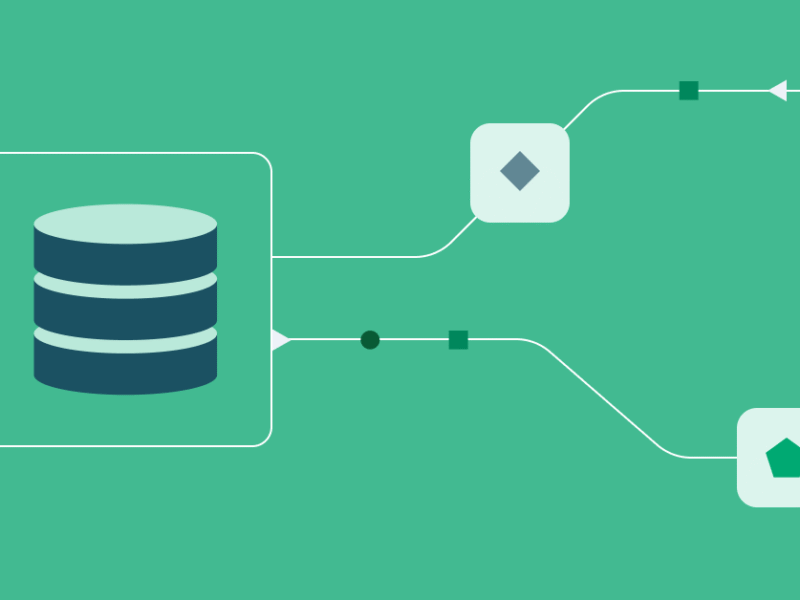PL/SQL is recognized as a vital tool in the toolkit of developers working with Oracle databases. Combining the power of SQL with procedural programming, it enables the creation of sophisticated applications that can efficiently manage and manipulate data. With PL/SQL, developers can create stored procedures, triggers, and even integrate with other programming languages, making it an essential skill for anyone involved in database management.
What is PL/SQL?
PL/SQL enhances the capabilities of SQL by introducing procedural language elements. This makes it possible for developers to write complex logic that integrates seamlessly with standard SQL operations. Through PL/SQL, tasks like data validation, error handling, and complex calculations can be executed efficiently within the Oracle environment.
Structure of PL/SQL
The core structure of PL/SQL is based around a unit called a block. Each block contains three distinct parts that help organize code and manage execution flow.
The fundamental unit: blocks
- Declarative part: This section is used to declare constants and variables that will be utilized later in the block.
- Executable part: This is where the actual operations and logic are executed, and SQL statements can be called.
- Exception-handling part: A crucial segment for managing errors that may arise during execution.
Key operations in PL/SQL
PL/SQL is designed to increase efficiency when working with SQL. It allows multiple SQL statements to be batched together for execution. This means that rather than sending individual SQL commands to the database, developers can execute complex operations with minimal network traffic.
Types of PL/SQL programs
There are several types of programs that can be developed within PL/SQL:
- Stored procedures: These are precompiled programs that can be stored and executed on demand, enabling code reusability and consistency.
- Triggers: These programs automatically execute in response to specific events such as data changes (INSERT, UPDATE, DELETE), ensuring that integrity constraints and business rules are enforced.
PL/SQL execution mechanism
Understanding the execution mechanism of PL/SQL is vital for proper program structure and performance optimization.
Block specifications
A PL/SQL block is always structured using key keywords:
- DECLARE: Indicates the start of variable declaration.
- BEGIN: Marks the beginning of code execution.
- EXCEPTION: Handles errors that may occur during execution.
- END: Concludes the block.
Returning values
PL/SQL allows developers to return single scalar values or collections. Collections can be structured types such as nested tables or VARRAYs, which support complex data management needs.
Features of PL/SQL
The features of PL/SQL contribute significantly to its efficiency and flexibility.
Cursors
Cursors are critical in managing the context of a SQL query execution. There are two primary types:
- Explicit cursors: Require developers to define and manage the cursor’s lifecycle.
- Implicit cursors: Automatically handle the execution of single SQL statements.
Cursors enable developers to navigate through query results while allowing fine control over data manipulation.
Embedded PL/SQL
PL/SQL can be embedded within host languages like Java, allowing for greater interoperability and code reuse. When embedding PL/SQL, developers need to declare shared variables for smooth integration.
Java stored procedures
In addition to PL/SQL, developers can also use Java stored procedures. After loading Java code into the Oracle database, developers can call these procedures similarly to how they would call PL/SQL programs, expanding the functional landscape available to users.
Advantages of PL/SQL
PL/SQL offers various advantages, making it a preferred choice for database interaction.
Compatibility and efficiency
One of the primary benefits of using PL/SQL is its seamless compatibility with SQL. This eliminates the need for data type conversions, thereby enhancing performance. By combining multiple SQL statements into a single execution block, PL/SQL reduces network traffic and speeds up responses.
Scalability and manageability
PL/SQL programs can be central repositories for database access, allowing consistency across multiple applications. This centralization enhances manageability and supports scalable architecture.
Web development capabilities
With tools like PL/SQL Server Pages, developers can create web applications that directly interact with the database, showcasing the potential for dynamic database-driven website features.
Distinctions between PL/SQL and SQL
While PL/SQL and SQL are often discussed together, they serve different purposes within database management.
Data-centric vs. application language
SQL is primarily focused on querying and manipulating data, while PL/SQL adds procedural constructs, allowing users to write programs that can include loops, conditional statements, and complex data handling logic. This additional functionality significantly enhances what can be accomplished within the Oracle database environment.
Related resources for learning PL/SQL
Several resources are available for those looking to deepen their understanding of PL/SQL:
- Oracle APEX: A key tool that connects with PL/SQL knowledge, enabling web-based applications.
- Tutorials and guides: Numerous online platforms offer detailed instructions, particularly focused on stored procedures and triggers.
- Community forums: Engaging with communities can provide real-world insights and practical advice on PL/SQL usage.

